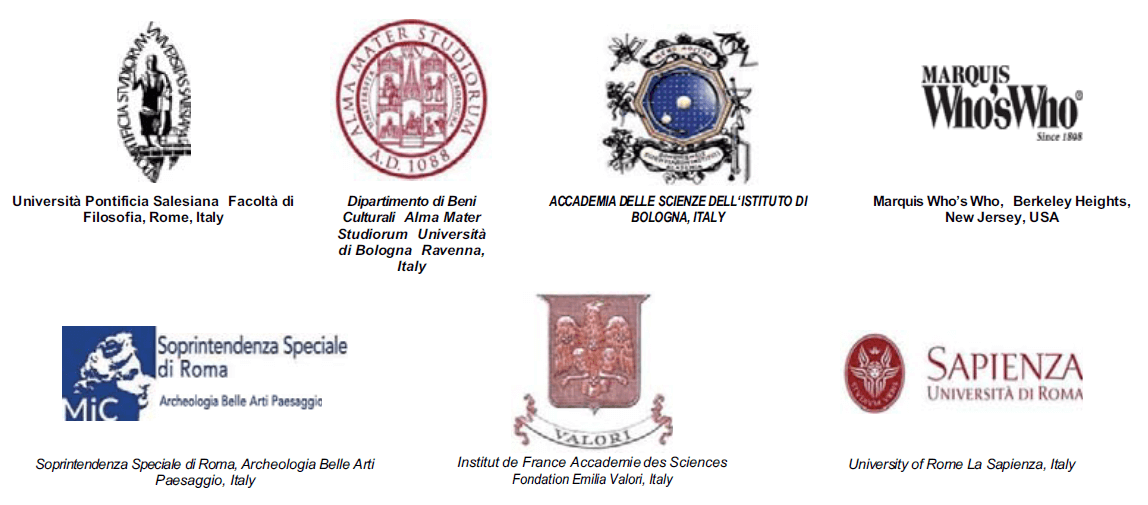Regarding Troy
DOI:
https://doi.org/10.6092/issn.1973-9494/584Abstract
Speaking of “historical mistakes” with reference to “Troy” is nonsense, for the simple reason that the movie is inspired to a myth, and the myth is the result of fantastic amplification and transfiguration of historical events. The Trojan war was very different from its poetical (not only Homeric) representations: as historians such as Moses Finley showed, it was not a ten-year-long siege, but probably a series of short raids aiming at plunder. As a matter of fact, the post-Homeric epics describe Achilles as a thug and the Myrmidons as a band of robbers, spoiling temples and abducting daughters of priests. Besides, at the time of the Trojan war the Myceneans were considerably impoverished in comparison with the wealth of the previous centuries, and so they needed new lands to conquer and sack. Also the so-called “unfaithfulness” towards the Iliad is a false problem, if one considers that the myth of the Trojan war was told by many poets and writers in different ways and from different points of view (for instance,the authors of the Roman era, such as Virgilius, Seneca, Dracontius, show a deep sympathy for the Trojans, who were considered the ancestors of the Romans). Historical and archaeologic evedence can help us to understand the big efforts done by the filmamaker, but also by the production designer, in order to reproduce the epic atmosphere, and to appreciate the breathtaking battle sequences (particularly the duel between Hector and Achilles), the magnificent scenery (especially the palaces of Agamenon and Priamus, and the Greek camp), and the accuracy in reproducing weapons and armour, which contribute to personalize the single characters: for instance, just like in Homer, only Ajax fights in the Mycenean way, while Achilles and Hector employ more recent tactics.Downloads
How to Cite
Cavallini, E. (2004). Regarding Troy. Conservation Science in Cultural Heritage, 4(1), 301–333. https://doi.org/10.6092/issn.1973-9494/584
Issue
Section
Articles
License
Copyright (c) 2004 Eleonora Cavallini
Copyrights and publishing rights of all the texts on this journal belong to the respective authors without restrictions. Authors grant the journal right of first publication.
This journal is licensed under a Creative Commons Attribution 4.0 International License (full legal code).
See also our Open Access Policy.






